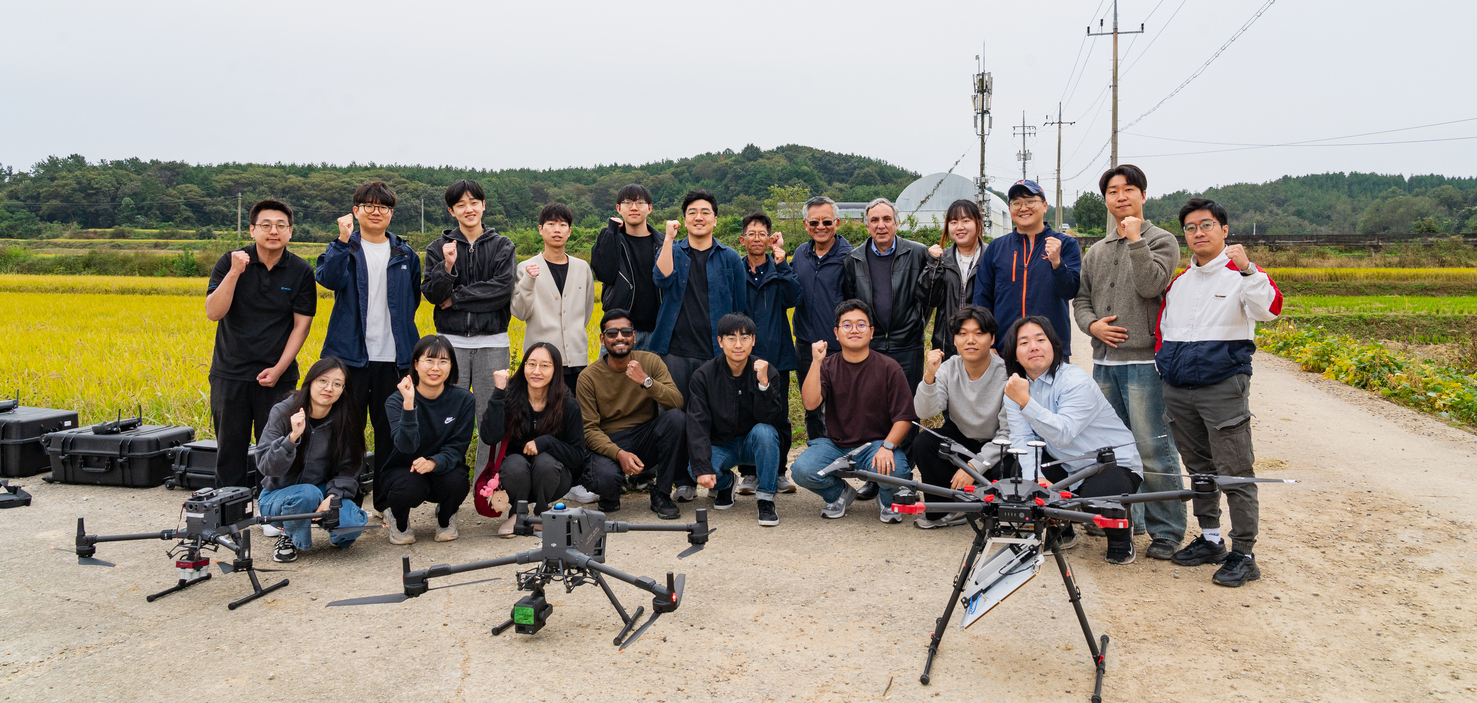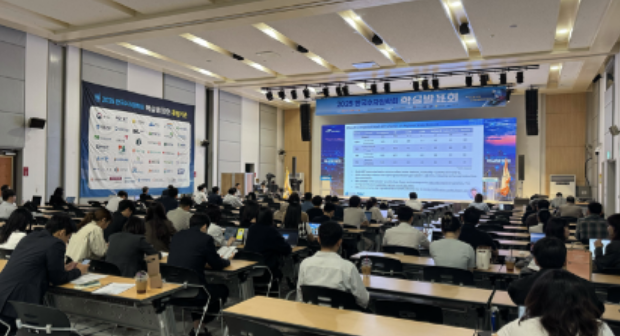From October 20th to 22nd, we, HydroAI lab at GIST, hosted the GIST-NASA-MIT Workshop on Remote Sensing and AI for Hydrology and Climate Applications. The event brought together leading scientists, including Professor Dara Entekhabi from the Massachusetts Institute of Technology (MIT) and Dr. Simon Yueh from NASA’s Jet Propulsion Laboratory (JPL), along with faculty, researchers, and students from GIST and other institutions.


The three-day workshop aimed to strengthen scientific collaboration among GIST, NASA, and MIT, focusing on the use of satellite observations, modeling, and artificial intelligence to advance understanding of the global water cycle, drought, and flood prediction.
On the first day, the opening session began with welcoming remarks by Professor Hyunglok Kim, who emphasized the growing partnership between GIST and NASA in developing advanced hydrological monitoring systems. Professor Dara Entekhabi, the Principal Investigator of NASA’s SMAP mission, delivered an inspiring keynote lecture on “Satellite Observations of Soil Moisture and the Future of Earth System Science.” His talk provided deep insights into how satellite data can enhance weather and climate prediction.
Following this, Dr. Simon Yueh from NASA JPL presented his lecture titled “Advancing Satellite Remote Sensing for the Water and Energy Cycle.” His presentation captivated the audience by connecting spaceborne missions such as SMAP and SWOT with real-world hydrological applications.
Throughout the workshop, GIST students and researchers shared their ongoing studies on soil moisture retrieval, data assimilation, and machine learning applications for hydrology. The atmosphere was highly interactive, with lively discussions and questions from students eager to learn from the world’s top experts.
On the second day, participants visited the Hampyeong Core Validation Site, GIST’s main field station for soil moisture, vegetation, and flux measurements. The visit demonstrated how satellite observations are validated using in-situ sensors and ground-based monitoring systems such as ELBARA-III and GNSS-IR setups. Both Professor Entekhabi and Dr. Yueh expressed strong interest in the site’s design and its potential for future international collaboration.
On the final day, collaborative meetings were held between NASA, MIT, and GIST researchers to explore future joint projects, exchange technical expertise, and discuss plans for the next workshop in 2026.
The workshop was a meaningful opportunity for GIST students to interact directly with world-class scientists and for all participants to share ideas about advancing hydrology and climate research through remote sensing and AI.




















